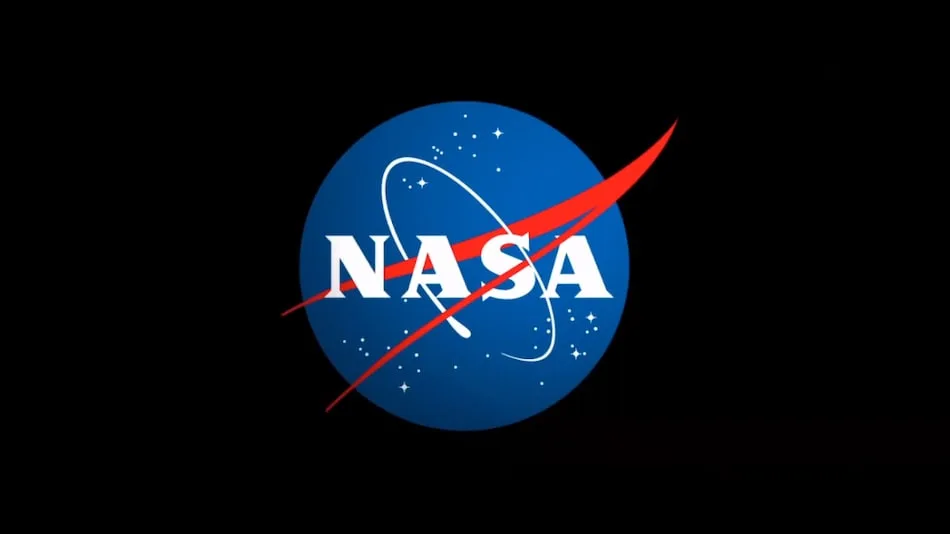Table of Contents
NASA Selects Two Astrophysics Mission Proposals for X-Ray and Far-Infrared Wavelength Observations
NASA is moving forward with two space mission proposals, aiming to uncover new insights into cosmic phenomena like black holes and galaxy formation.

Photo Credit: NASA
NASA selected two mission proposals to study X-ray and far-infrared cosmic phenomena
Highlights
- NASA selects mission to explore X-ray and far-infrared wavelengths
- These mission aim to observe cosmic phenomena like black hole and galaxy
- Selected missions will receive funding for 12-month concept studies
NASA has chosen two mission proposals to further investigate X-ray and far-infrared wavelengths, marking the start of a new class of astrophysics missions. These missions fall within NASA’s Explorers Programme and have been allocated $5 million each for a 12-month concept study. A final decision will be made in 2026, with the selected mission launching in 2032.
Both mission concepts aim to explore uncharted regions of the universe. Nicola Fox, NASA's Science Mission Directorate Associate Administrator, emphasised the potential for these missions to advance NASA's scientific objectives, saying they will enable groundbreaking discoveries in line with top priorities set by the Decadal Survey.
Advanced X-ray Imaging Satellite
The Advanced X-ray Imaging Satellite, led by Principal Investigator Christopher Reynolds from the University of Maryland, College Park, is designed to explore supermassive black holes and study stellar feedback, a process critical to galaxy evolution. The mission will build upon previous X-ray observatories, offering advanced imaging techniques with a broader field of view.
- NASA Voyager 2 Shuts Down Plasma Science Instrument to Conserve Power
Probe Far-Infrared Mission for Astrophysics
The second proposal is the Probe Far-Infrared Mission, led by Jason Glenn from NASA Goddard. This mission seeks to bridge the gap between current infrared observatories and radio telescopes. The 1.8-metre telescope will study far-infrared light to address questions about planetary formation, supermassive black holes, and cosmic dust.
Both proposals were selected for their scientific potential and their alignment with NASA's larger goals for future space exploration. The winning mission will be the first of NASA's new Probe Explorers missions, which are intended to fill the gap between flagship and smaller missions.
- Alien Civilisations Might Destroy Themselves With Climate Change
- October 2024 Skywatching Tips: Comets, Planets, and Moon Phases Explained

